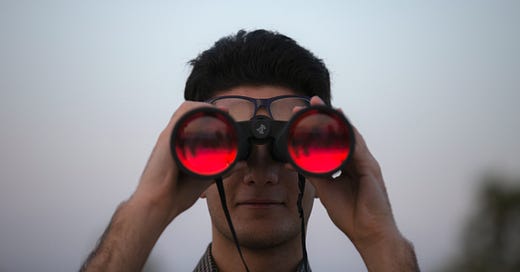When photography moved from film to digital, we naturally brought analog thinking along with it. Since the invention of the phone book, we’ve been used to a world navigated by lists. Alphabetical, chronological, attribute specific lists. We grew up applying and using lists to manage everything from grocery shopping to college submissions. Phone books morphed into digital contact lists that could be searched, but they still relied on a hierarchy of some sort. The Oxford English Dictionary finally weighed in at 21, 543 pages of word definitions spread over 20 volumes.
We love lists.
But like the Oxford English Dictionary, lists beyond a certain size get overwhelming and inefficient to use. Even digital contact lists. Not only have they become ridiculously long, but the entries don’t have any useful context.
Which Sarah Connor do we choose?
Photo organizing tapped into chronology early on and simple folders of years or months of dated images became the norm. But as our digital photo collections grew, that became unwieldy as well, because over time, who remembers exactly when something happened? It’s not too hard when 30 years old, but gets overwhelmed by a life of memories at 70.
Fortunately, photos and videos today DO have context built in. Which changes the game in powerful ways.
Stop the swipe. Start the Search.
When? Where? Who? What?
Pick one.
Unless it’s a photo or video you took in the last few days (hint: tap on Recents), start by narrowing your choices with a search. Think of Apple Photos as a visual Google search engine.
For me, choosing a Place is often the quickest path. Especially for travel. If the image was taken on an iPhone with locations turned on, you can usually search as precisely as an address.
Then there’s object recognition. When combined with a location you can get even closer.
‘Nantucket beach’ or ‘Nantucket building’ brings up groups of photos that quickly narrow your browsing choices. Bird, cat, car, art, sofa, birthday cake, and so on. It’s amazing what Photos can identify. Took the shot with a camera that doesn’t save locations? Try ‘Nikon elephant’ for that trip to Africa. (Camera data is part of the file).
People is a natural search category. Search on specific people you’ve tagged. Photos can recognize pets too.
And as it happens, Photos reads the text in images as well, so that entry sign for The Blackberry River Inn will be the gateway to your recent getaway pictures.
And all you need is that starting point. Experienced users know that if you find ANY photos from the same batch you’re seeking, you can choose to ‘Show in All Photos’ and land at the spot where the photo you really want is only a few pictures away.
The whole point here is to avoid endless scrolling through a year’s worth of photos to find your child’s prom photo. Once you get the hang of searching instead of browsing, you’re going to save time and enjoy finding your photos more than you ever imagined.
If you enjoy these posts and know others who would too, please share and encourage them to subscribe to 5 Minute Photos.
Thanks for reading.
What do you think about finding your pictures in Apple Photos?









Love these posts, Paul! I always learn something new and look forward to the next one :)